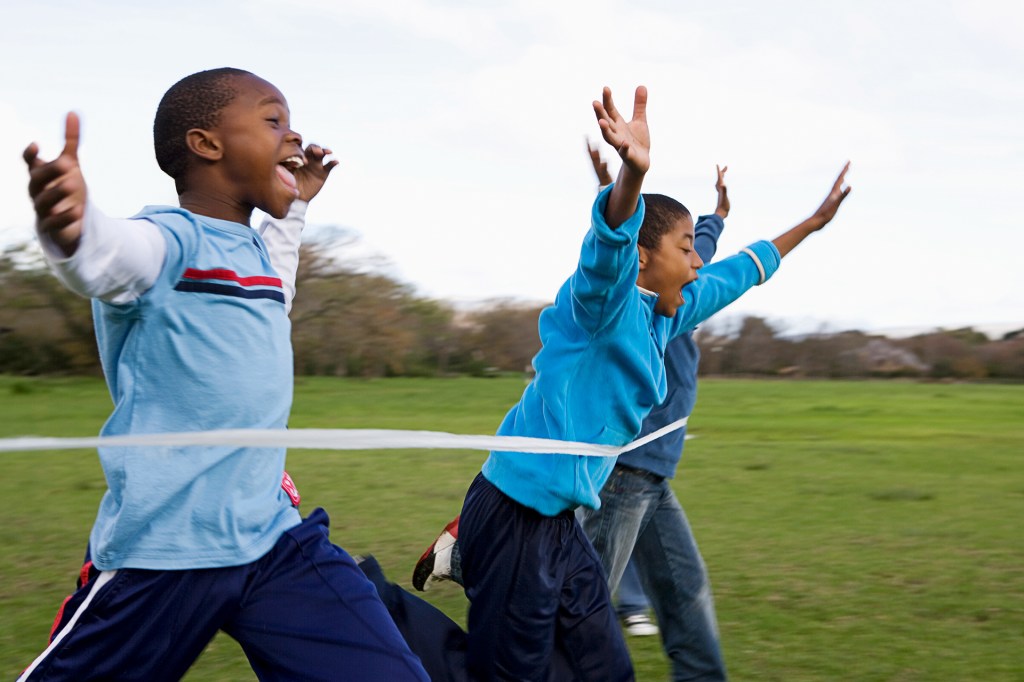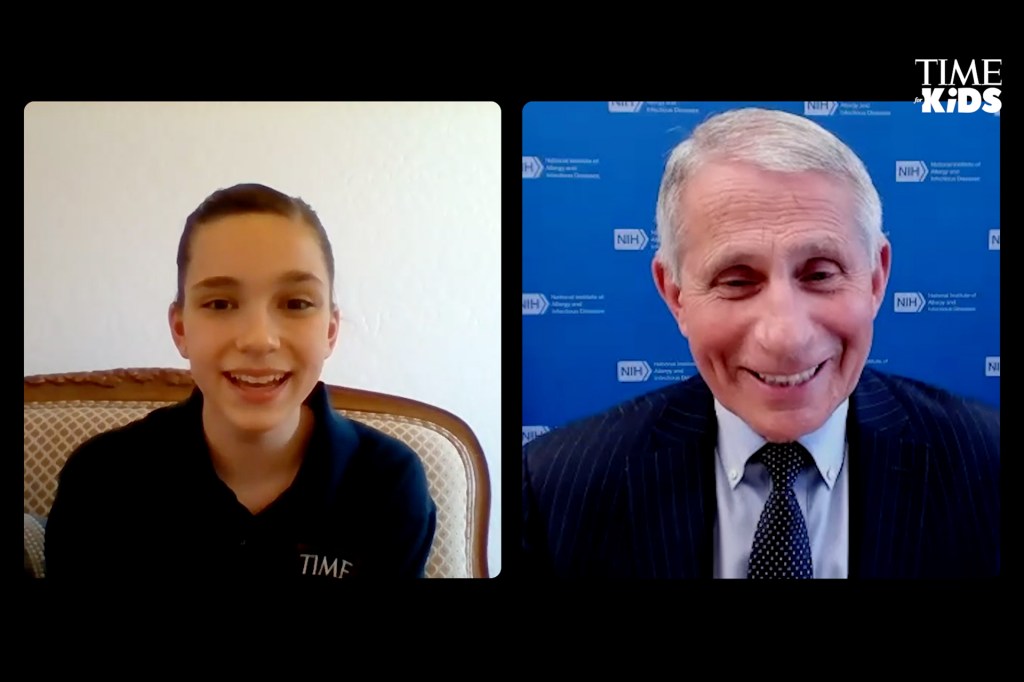The Best Medicine
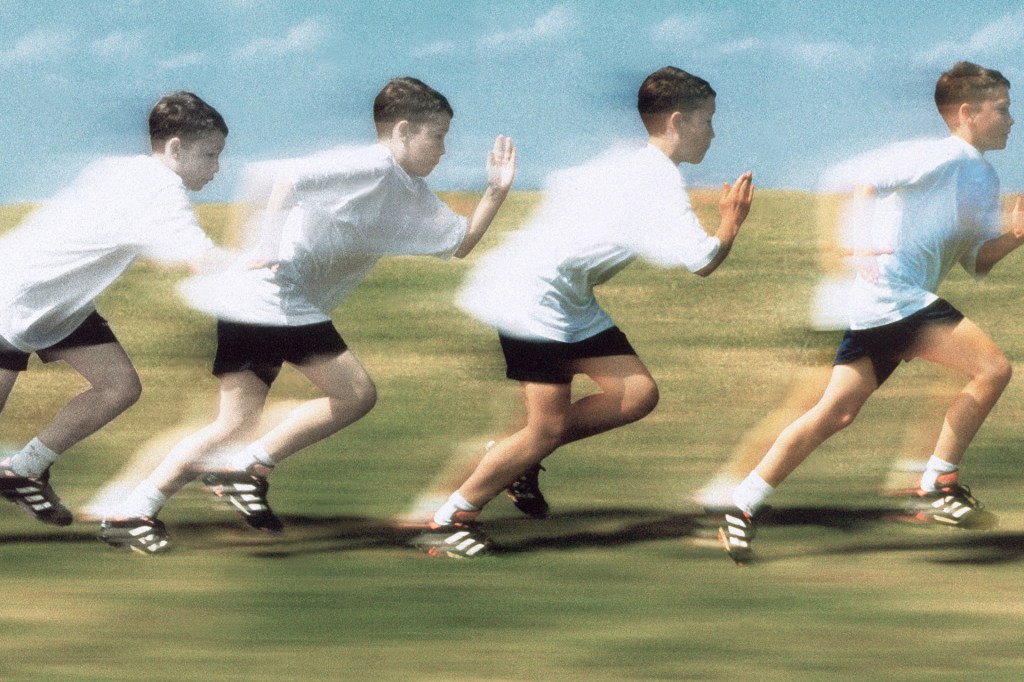
Millions of Americans aren’t getting enough exercise. A new study hopes to scientifically prove the benefits of physical activity.
Doctors have long known that diet and exercise are the best ways to stay healthy. But few people get enough exercise. Only 20% of Americans get the recommended 150 minutes of strength and cardiovascular
cardiovascular
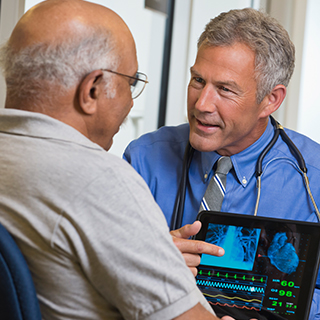 ARIEL SKELLEY—GETTY IMAGES
relating to the heart and blood vessels
(adjective)
Walter’s doctor showed him the results of his cardiovascular exam.
activity per week. More than 80 million Americans over age 6 are entirely inactive.
ARIEL SKELLEY—GETTY IMAGES
relating to the heart and blood vessels
(adjective)
Walter’s doctor showed him the results of his cardiovascular exam.
activity per week. More than 80 million Americans over age 6 are entirely inactive.
It doesn’t help that many U.S. schools have cut gym classes. Nearly half of high school students don’t have a weekly physical education (PE) class. Only 15% of elementary schools require PE at least three days a week.
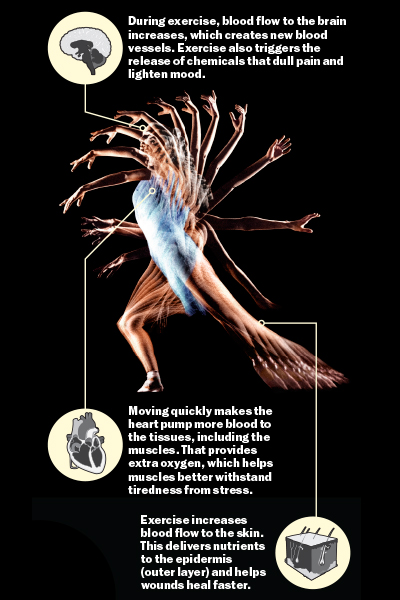
People leading a sedentary
sedentary
 CORNELIA SCHAUERMANN—GETTY IMAGES
inactive
(adjective)
Mary remained sedentary all weekend.
life pay a price. They are at higher risk for serious health problems, including heart disease and cancer.
CORNELIA SCHAUERMANN—GETTY IMAGES
inactive
(adjective)
Mary remained sedentary all weekend.
life pay a price. They are at higher risk for serious health problems, including heart disease and cancer.
Health experts want to raise awareness of the benefits of exercise. They believe it can lead to slower aging, longer life, better mood, stronger vision—the list goes on.
The U.S. National Institutes of Health (NIH) is playing a key role in the effort. This year, it is launching a major study. It will record in detail what happens inside a body in motion. Through its research, the NIH hopes to prove scientifically that exercise is good medicine.
A Group Effort
The six-year, $170 million project will involve a group of about 3,000 sedentary people. They will range from 11-year-olds to the elderly. The group will begin an exercise program. Their blood, fat, and muscle will be studied before and after each workout. Scientists will look for clues to how the body changes with physical activity. A group that doesn’t exercise will also be tracked, for comparison.
According to scientist Maren Laughlin, new technologies make the study possible. She is a leader of the project. Researchers hope to identify every tiny part of the body that is changed by physical activity. “We can now measure the molecules that make up the human body very easily and efficiently,” Laughlin told TFK.
Workout Wonders
Studies show that many positive changes occur in the body during and after a workout. “Exercise restores muscles that have become weak, and can help repair tissues that are failing due to lack of use, disease or injuries, or aging,” says Marcas Bamman. He is working on the NIH study.
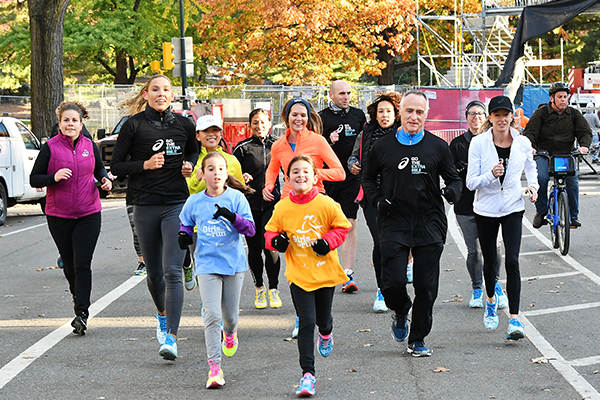
U.S. Olympians Lolo Jones, second from left, and Deena Kastor, right, join runners at an event in New York City.
SLAVEN VLASIC—GETTY IMAGESOne of the best pieces of news is that much of what we already do counts as physical activity. “Mowing the grass, raking leaves, washing the car—all that is exercise,” says Jack Berryman. He is a retired professor of medical history at Washington University School of Medicine, in Seattle. “Physical activity includes all movement, not just throwing a ball through a basket.”
Bamman hopes the NIH study will give doctors the ability to provide patients with a detailed, individual workout plan. In the meantime, here is a prescription for good health: Get active!






